Riihisaari – Savonlinna Museum and Lake Saimaa Nature Centre
Riihisaari – Savonlinna Museum and Lake Saimaa Nature Centre provides various themed exhibitions by the Savonlinna Museum and Metsähallitus (the Finnish Forest Administration). We also run the Savonlinna Regional Tourist Information, available the year round.
The Savonlinna Museum concentrates on the history of South Savo and particularly on preserving, studying and presenting the history of sailing on Lake Saimaa. There is also a nice museumshop and free wi-fi for the customers at Riihisaari.
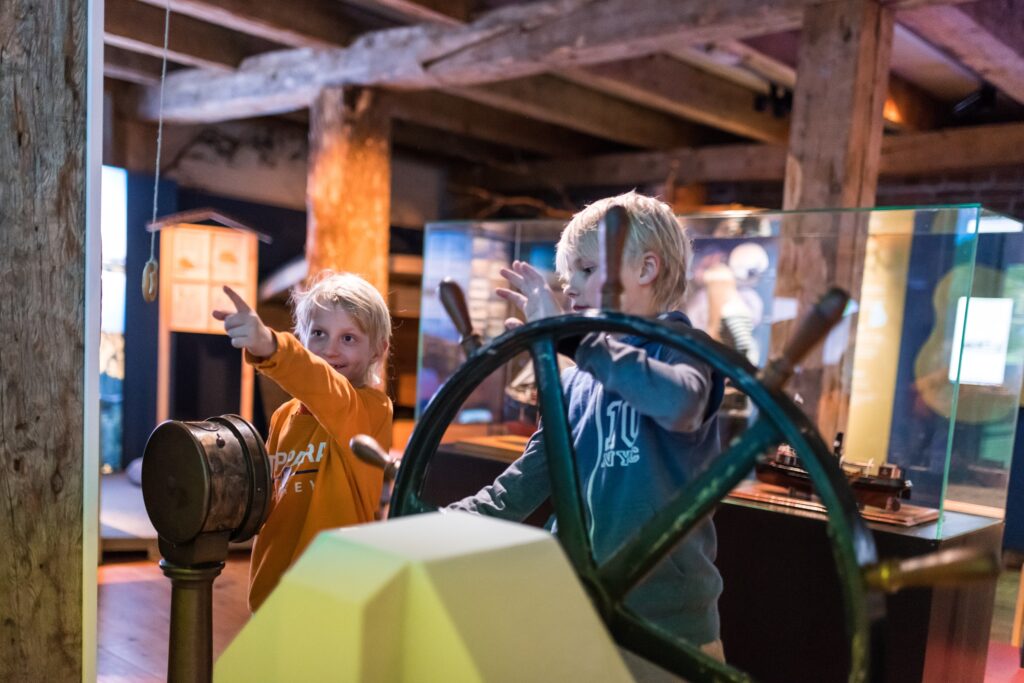
Opening hours
Open daily 10 a.m.–5 p.m.
July daily 10 a.m.–6 p.m.
Closed 15.4., 24.–25.6., 6.12. and 19.–24.12.2022.
Admission tickets
Adults 8 €
Children under 18 years free
Students and pensioners 4 €
Group tickets (min. 10 persons) 5 € per pers.
Combined ticket, Olavinlinna Castle and Riihisaari, adults 13 €. The ticket is valid for one day. Combined ticket is sold 1.6.–31.8. until 4 pm.
We accept the Finnish Museum Card.
Museum Card is a common entrance ticket to Finnish museums, and it is valid for one year after it has first been used. Your personal Museum Card, which costs 74 euros, gives you access to over 300 museums all around Finland.
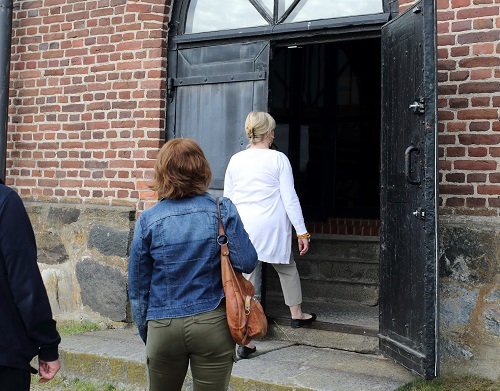
Museum shop
The museum shop’s selection includes, but is not limited to, souvenirs, postcards, sweets and products derived from nature. We also provide a broad range of literature on topics such as local history, nature, art as well as children’s literature.
The customer service, tourist information and the museum shop are free admission.
History
The history of Riihisaari (Engl. kiln island) is closely connected with the past of Olavinlinna –castle. Even the old name Kavassisaari derived from the utilization of the island as the castle’s port for war boats (or ‘kavassi boats’, as they were called) in the 16th century. There were also four cottages, a granary and a sauna on the island. A connecting bridge was built in 1582. In 1617, the kingdom’s border was redrawn further to the east, making the castle’s large fleet and naval port obsolete, and the granaries gave rise to the island’s new name, Riihisaari.
During the autonomous period in the early 19th century, military barracks, a smithy, warehouses and vegetable gardens could be found on the island. A 51 m long and 8 m wide bridge carried people across. The bridge began to wear with time, and was replaced in 1850, following the decision to build a granary for the Crown.
The construction followed a design by Ernst Lohrmann. Completed in the autumn of 1852, the building functioned as a granary until 1921, when the island began to be used for storing boats and logs. The island’s quay served as a so called ‘manure quay’, where manure gathered from the town’s privies was picked up by peasants from neighbouring areas to be used on their fields.
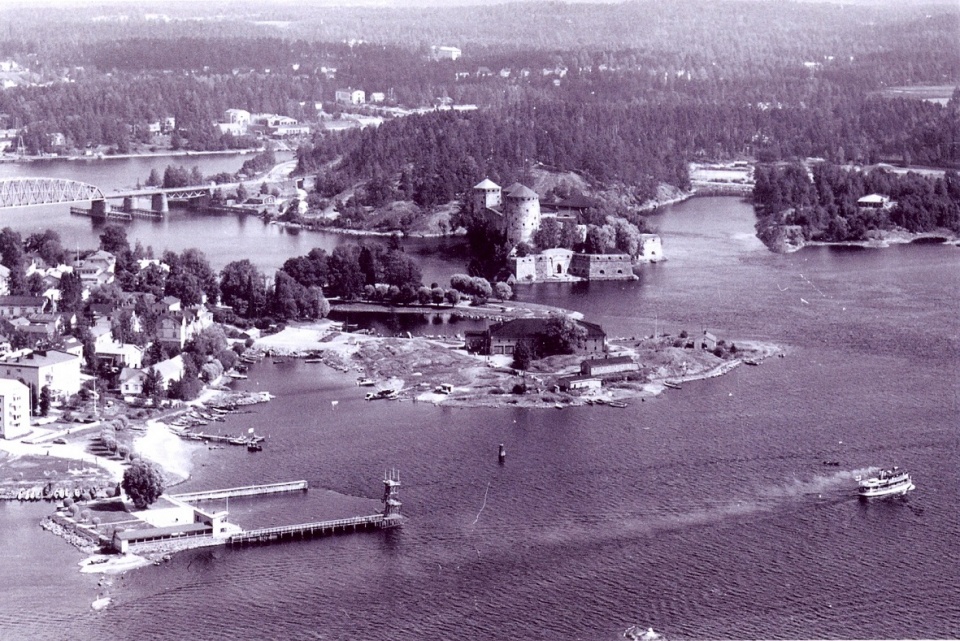
In the 1930’s, the old granary of Riihisaari became the central store of the Savonlinna military district. The defence forces also had a laundry, a clothes and shoe repair shop as well as regulars’ apartments on the islands.
In 1963, Riihisaari came under ownership of Savonlinna Council. In 1965, the building and surroundings were the first in Finland to be conserved by virtue of a law regarding buildings with cultural historical value. It housed a summer restaurant and art exhibitions. Savonlinna Provincial Museum relocated to the building in the summer of 1984.
After an extensive renovation in 2019–2021, the renewed Riihisaari opened in June 2021. New name of the museum is now Riihisaari – Savonlinna Museum.
Museum Ships
Tar steamer s/s Mikko
Wooden steam ships such as ”Mikko” were a typical sight on Lake Saimaa from the beginning of the 20th century to the 1960s. They were nicknamed as ’tar steamers’ because of their tarred sides. They carried mainly timber and firewood on Lake Saimaa and to St. Petersburg, Helsinki and Stockholm.
”Mikko” was built in 1914 by the Savonlinna Workshop, and owned by Enso-Gutzeit and it was in regular service until 1967. The company donated the ship to the town of Savonlinna in 1970. The wood-fired steam engines of ”Savonlinna” and ”Mikko” are still intact. Every year both ships make excursions on special occasions.
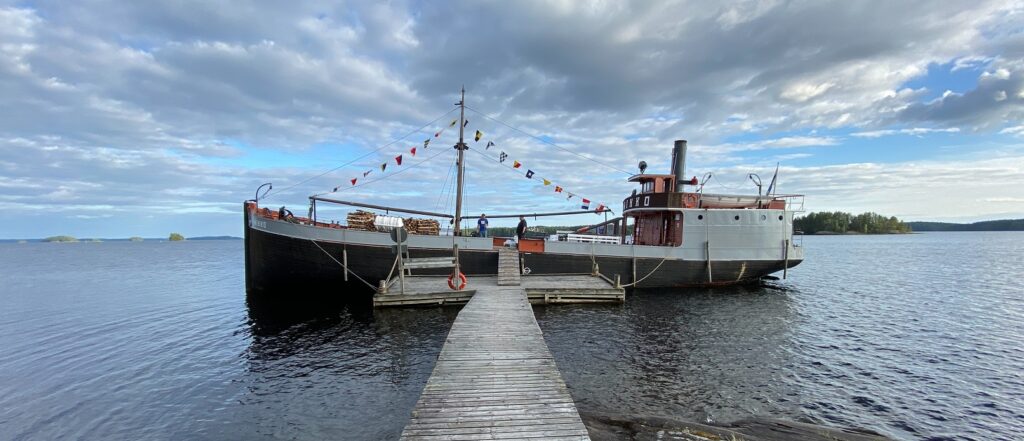
Passenger steamer s/s Savonlinna
As the fastest passenger ship on Lake Saimaa ”Savonlinna” was also called ”Saimaa Express”. It was built in 1904 by Paul Wahl & Co. Workshop in Varkaus. Most of her active life she sailed between Lappeenranta and Savonlinna carrying spa guests, for example.
The golden years of Saimaa steamers ended in 1939 when the Saimaa Canal was closed because of the war. The fleet of white-sided passenger steamers was last owned by a joint company established by the municipalities of Lake Saimaa in 1967. The company could not change the falling trend of Saimaa passenger traffic and it went bankrupt in 1982. When the fleet was auctioned ”Savonlinna” was bought by the town of Savonlinna. ”Savonlinna” was partly destroyed by a fire in 1927. Today, she is restored to her original appearance.
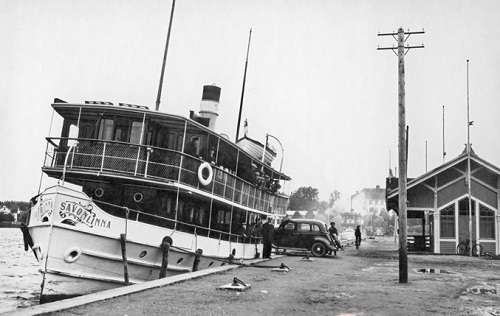
Steam schooner s/s Salama
”Salama” (”Lightning”) was built in 1874 by the Vyborg Workshop, in the transition period from sail to steam. She operated on a regular service from Joensuu through the Saimaa Canal to Vyborg and St. Petersburg, with occasional trips as far as Lübeck. Her passenger capacity was 60.
In the evening of 13th September 1898 ”Salama” was on a return voyage from St. Petersburg when the passenger steamer ”Ilmari” rammed her starboard beam near Puumala, south from Savonlinna. The crew and the passengers were rescued, but the ship sank in a depth of 30 meters. Attempts to raise her were unsuccessful and so ”Salama” was left in her watery grave for 73 years.
After her mast had been caught in the winch rope of a passing tugboat lumber company Enso-Gutzeit decided to test its salvage gear and raised ”Salama” in 1971. She was restored as a museum ship and opened to the public. In the cargo hold there is an exhibition about the story of ”Salama” herself.
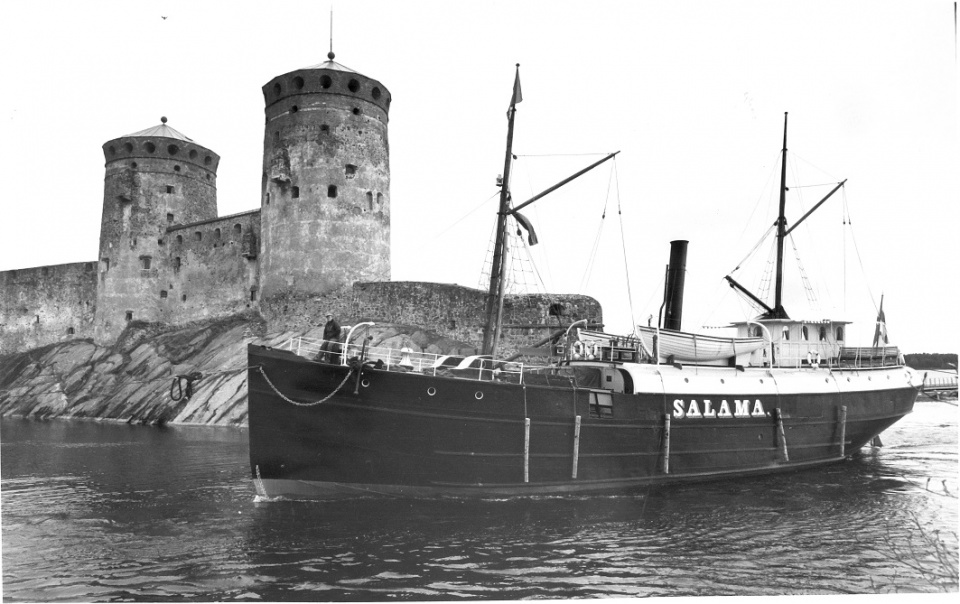
Steam tugboat s/s Ahkera
Built in 1871 by Paul Wahl & Co. Workshop in Varkaus the steam tugboat “Ahkera” (“Hard-working”) is the oldest museum steamboat in Finland. “Ahkera” towed timber from the upper parts of Lake Saimaa to Imatra, Kotka and Vyborg, sometimes even to St. Petersburg. “Ahkera” had several owners until in 1902 the lumber company Enso-Gutzeit bought the boat. Since then “Ahkera” towed rafts of bundled wood for the company until it was taken out of service in 1958. The white star on the funnel is a symbol of Enso-Gutzeit.
The histories of “Ahkera” and the steam schooner “Salama” are linked, since it was “Ahkera” who rescued most of the passengers of “Salama” on the unlucky evening in 1898.
Church boats
The two so-called church boats are examples of traditional rowing boats that were common all over Finland. Church boats were built and maintained jointly by the inhabitants of a village or by a group of houses. They were used mainly for church trips, but also for market and town voyages.
The biggest church boats were built in the surroundings Savonlinna, where large lakes dominate the landscape. Those boats could have been up to 40 meters long, 3 meters wide, having even 60 oars and carrying 120–150 persons. Usually church boats had only 7–15 oar pairs like the ones in front of the museum building on Riihisaari.
Church boats were in common use from the Middle Ages until the beginning of this century, when passenger steamers replaced them. Today, church boats are used mainly in rowing contests.
Cargo boat ”Vappaa Savo”
Built in 1998–1999 at Savonlinna Vocational College, length 10.5 metres; beam approx. 3 m; burden 7,300 kg.
Wooden cargo boats were used on Lake Saimaa until the beginning of the 20th century. They transported, for example, fire wood, pelts and butter to Vyborg and St. Petersburg. These boats were 10–16 metres long and equipped with a sail.
The model of the cargo boat is based on found wrecks as well as drawings from the 1920s, made by folklorist I. T. Itkonen. In the spring of 1999, the cargo boat “Vappaa Savo” (“Free Savo”) was moored at the jetty of Savonlinna Provincial Museum.
Contact
Riihisaari, 57130 Savonlinna
Tel: +358 44 417 4466
riihisaari (at) savonlinna.fi